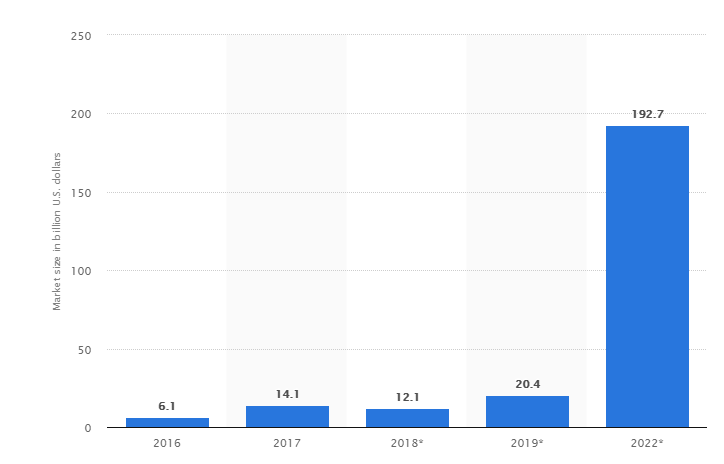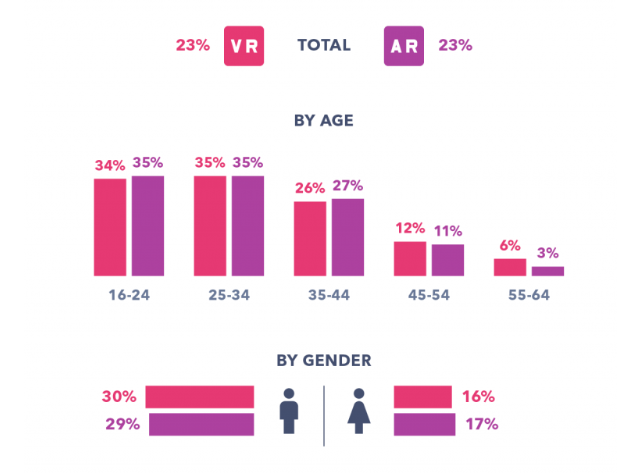
Augmented Reality vs. Virtual Reality
The Future Technology
Augmented Reality vs. Virtual Reality – The Future Technology
A few years ago, Augmented Reality (AR) and Virtual Reality (VR) seemed like revolutionary concepts, reminiscent of the utopian world of The Jetsons. However, today, with their astonishing ability to accomplish seemingly impossible tasks, AR and VR are becoming an integral part of our lives. The popularity of Google Earth and Pokémon Go in 2017 highlighted a significant surge in awareness and adoption of these technologies. According to Statista, the global market size for AR and VR was projected to reach $20.4 billion by 2019.

Augmented Reality (AR)
Although AR and VR are rapidly transforming various industries, questions like "What exactly are these fast-evolving digital phenomena?" and "Which one will become mainstream first?" linger in many minds. Here are the answers to these questions!
Augmented Reality – Enhancing the Real World
Augmented Reality is an interactive technology that enhances the real-world environment with computer-generated visual information. The beauty of AR lies in its ability to bring elements of the digital world into the natural environment. By bridging the gap between reality and technology, AR is expected to revolutionize the world.
Fun Fact: Studies show that by August 2017, Pokémon Go had been downloaded over 100 million times from the Google Play Store alone.
AR is best known for Pokémon Go and Snapchat filters. IKEA’s Place app has also won users' hearts by allowing them to decorate their homes using AR technology. According to Statista, AR is expected to generate $118 billion in revenue from AR devices and $68 billion from AR services.
Virtual Reality (VR)
Virtual Reality – Creating an Artificial World
Virtual Reality is an immersive technology that enables users to experience a three-dimensional, computer-generated environment. This technology isolates you from the real world and transports you into a virtual or artificial environment. In simple terms, VR has the power to make you believe you are somewhere else entirely.
The most popular forms of VR today are VR headsets. Google Earth and 360-degree videos on Facebook and YouTube are also examples of VR technology. According to Statista, the market size for VR hardware and software was projected to grow from $2.2 billion in 2017 to over $19 billion by 2020.
AR or VR – Which Technology Will Have the Greater Impact?
While both technologies have unique advantages and disadvantages, AR is less recognized compared to VR in terms of public awareness. However, 50% of users who have experienced both technologies believe AR has more potential than VR. Only 47% of these users think VR will have a significant impact in the future.
As Google’s Clay Bavor once stated:
"AR vs. VR cheat sheet: VR can take you anywhere. AR can bring anything to you. Both are important. Neither will win."
The future will decide which technology triumphs. Nonetheless, both AR and VR are transforming industries today in their own unique ways.

Source: Fingent

Manshour Fanavari Arian
Science and Technology Park Office: Mashhad, 12th kilometer of the Asian Highway, Khorasan Science and Technology Park, Technology and Knowledge-Based Institutions Building